Blue Flag Iris Care and Growing Tips
Updated: Jan. 02, 2024
Gardens with wet soil are perfect for blue flag iris. These flowers bloom in the spring and provide thick green foliage the rest of the year.
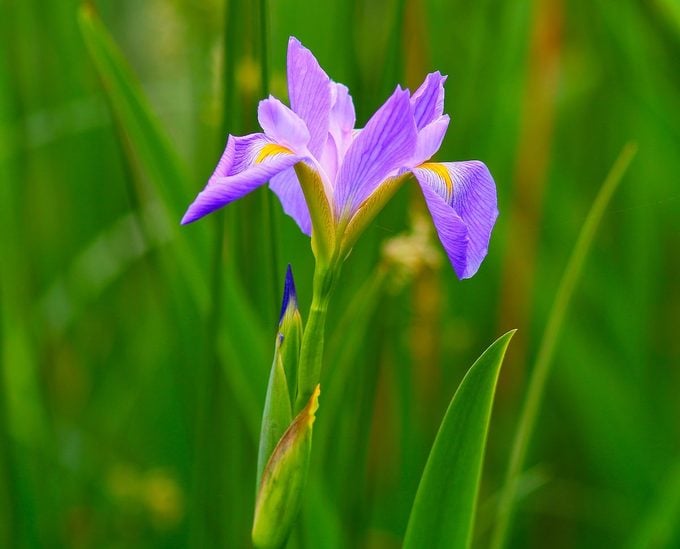
During spring in central Florida, wildflowers bloom everywhere! Roadsides are full of blue-eyed grass, fleabane, coreopsis, and toadflax, while wet areas are full of the gorgeous hues of blue flag iris (Iris virginica).
Discover more iris flower types and facts you should know.
Grow Native Blue Flag Iris
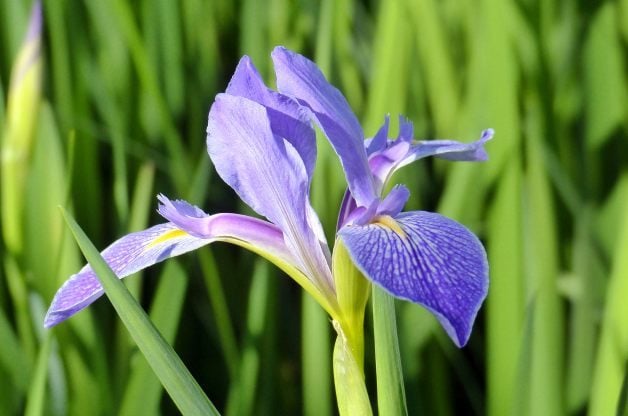
- Common name: Blue flag iris
- Scientific name: Iris virginica
- Light needs: Full sun
- Zones: 5 to 9
Blue flag iris is native to the southeastern United States and is easy to grow in wet sunny areas. It has lovely green blade-like foliage most of the year, and for a few weeks in spring is covered in blue flowers with yellow centers. The plant grows to 2 to 3 feet and needs wet soil to thrive. It can actually be planted right in water, so it’s perfect for the edges of ponds and lakes, where it will naturalize and spread to create shelter for wildlife like nesting ducks. Blue flag iris is also a great fit for a rain garden.
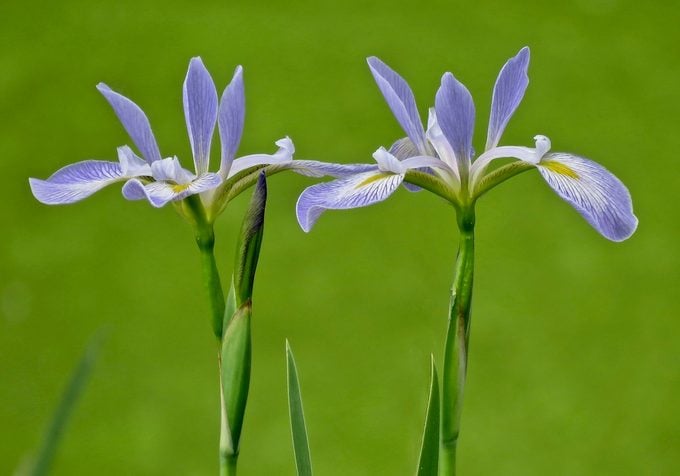
Iris virginica is grown in zones 5 to 9. Those who live further north can grow a similar (and arguably even prettier) flag iris, Iris versicolor, in their flower gardens. This iris also likes wet soil and sunny areas, but is hardy down to zone 3.
Learn how to grow Louisiana iris.
Invasive Nonnative Yellow Flag Iris
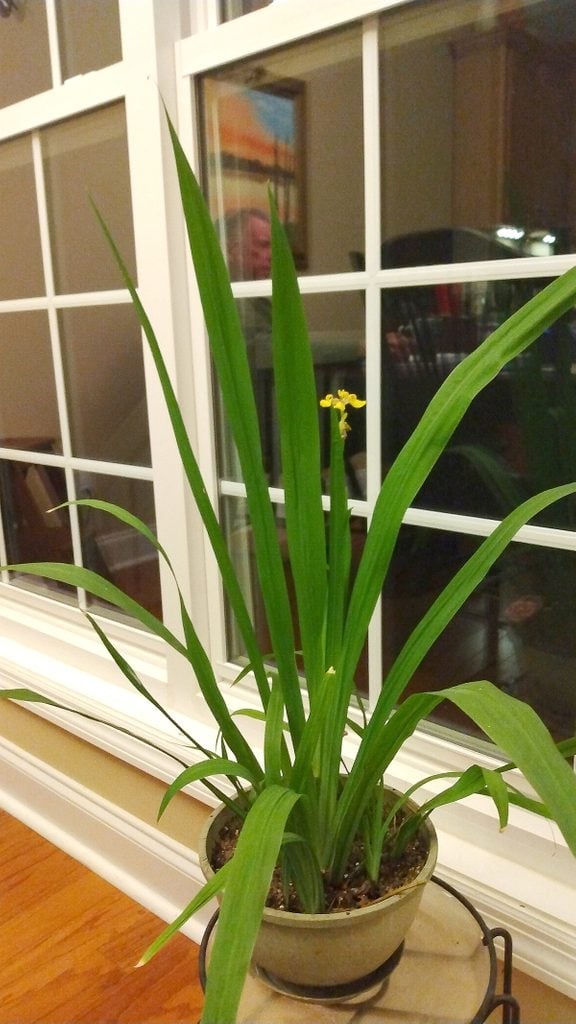
“This plant was a gift. What is it, and how should I care for it?” asks Birds & Blooms reader Nydia Pistoll.
Horticultural expert Melinda Myers writes, “The strappy leaves and emerging flowers look like yellow flag iris (Iris pseudacorus). Since it is growing indoors, the flowers are much smaller than normal. These vigorous plants are often shared by well-meaning gardeners, but they are invasive throughout most of the United States, including where you live in Georgia.
The plant can spread by seeds, pieces of the rhizomes or sections of plants. This nonnative iris ends up in waterways and lakes, crowding out native species and disrupting the habitat for native insects, songbirds and wildlife.
If you continue growing it indoors in a sunny window, it won’t be a problem. But if you eventually move it outside, keep it in a container and remove the flowers as they fade to avoid spreading plants to natural areas. Or consider planting a beautiful native blue flag iris in your landscape instead.
Get tips for growing walking iris in container gardens.
Stop the Spread
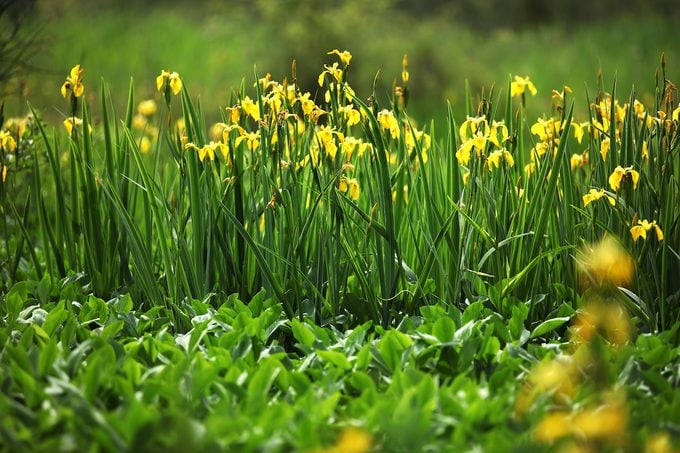
Yellow flag iris is an invasive perennial and is considered a noxious weed in many states. Be sure to remove seedpods as they start to develop. Doing so helps reduce the energy spent on forming seeds, but more importantly, it prevents the spread of this invasive plant into natural waterways.




















